38 must-visit places, now and then
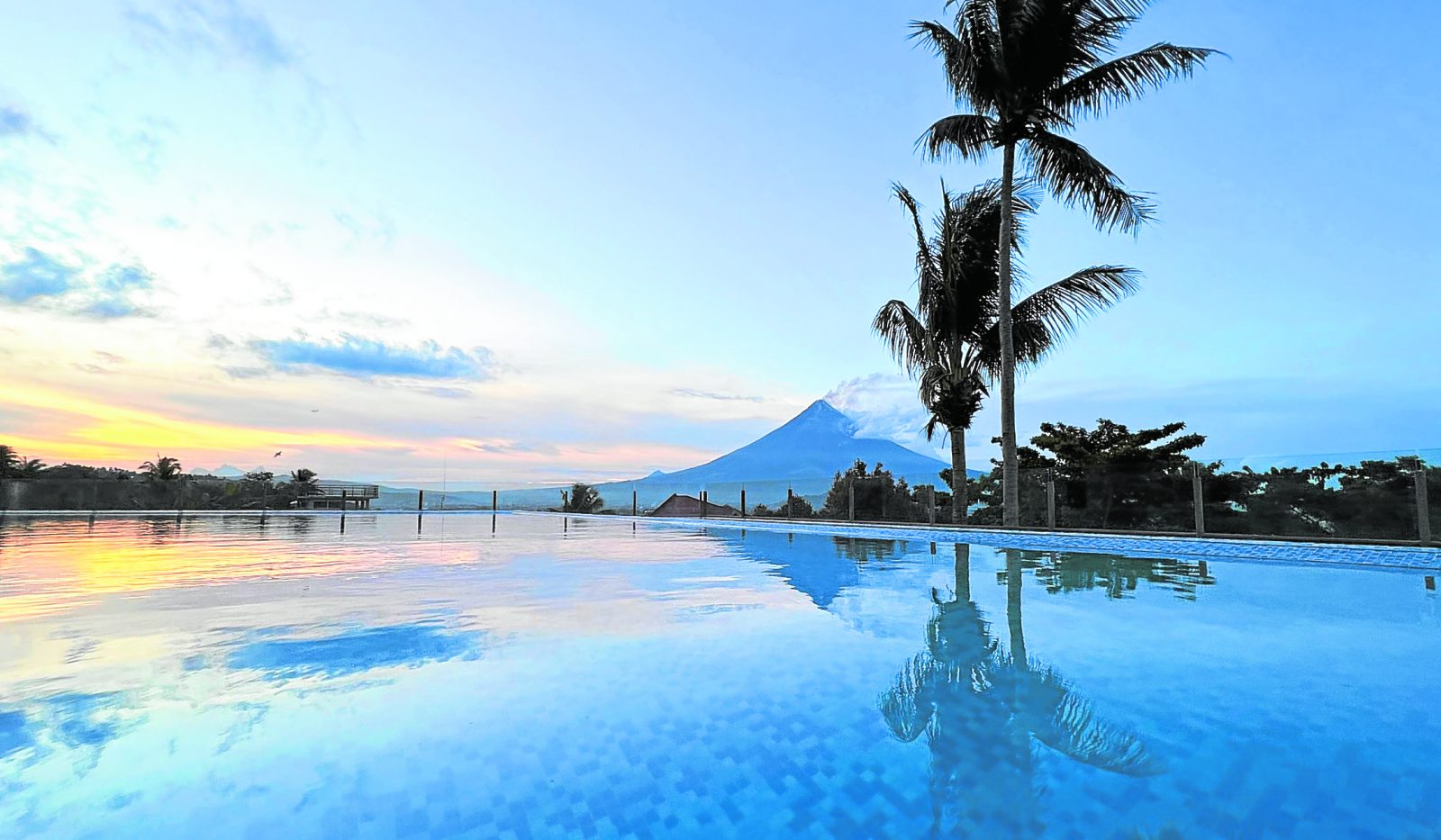
The Beatles’ latest musical hit “Now and Then” brought back nostalgic memories and the musical genius that they are made of, despite the aid of modern artificial intelligence technology.
As a humble tribute to the Fab Four and this paper’s 38th anniversary, this Beatlemaniac columnist is listing down 38 must-visit places, now and then, which will surely give you more reasons to “Love The Philippines”, as the Department of Tourism puts it.
1. Anda.
This bucolic town in eastern Bohol is a “big surprise in a small a package” with its vast powdery beaches, cozy resorts, dive sites teeming in sea turtles, cave pools, and the mystic La Manok island, an ancient burial ground and home to the few remaining shaman priests in the country.
2. Balabac.
Palawan’s southernmost frontier, it has aroused the curiosity of even the most seasoned travelers because of its pristine allure, which compensates for its lack of modern amenities. The town has some of the rawest islands and finest beaches which are worthy of an award-winning photograph for National Geographic.
3. Biliran.
An island province connected to Leyte by bridge, it became a playground to the recent La Routa Adventure Race, a run and bike duathlon which explored its numerous waterfalls, powdery beaches, islets, and mountains. A drum-beating no less to catch the attention to catch the attention of bigger sporting events like Iron Man.
4. Cabugao.
Overshadowed by the overly popular Vigan, this roadside town in Ilocos Sur is a jewel hiding in plain sight with its sandy beaches, surfing spots, dive sites, yummy restaurants on stilts, and kaleidoscopic sunset with Salomague Island in the foreground.
5. Culion.
A former government leper isolation colony, this island municipality has shed its dreaded image and only historic American-era buildings remain. The town is now home to the Maldives-style luxe Sunlight Eco Tourism Island Resort, powdery sand islets, crystalline water, and dive sites.

6. Danjugan Island.
Situated off Cauayan, Negros Occidental, it is a nature conservation center which refuses to be identified as a typical resort. This 43-hectare island boasts of a rich in biodiversity, with 5 lagoons, white sand beaches, bat caves, lush limestone and mangrove forests and surrounded by vast seagrass beds and fringing coral reefs. Managed by the Philippine Reef and Rainforest Conservation Foundation, it recently completed a pawikan research center which will be instrumental in the conservation of sea turtles in the area.
7. Dona Remedios Trinidad (DRT).
Virtually unknown just a few years ago, this is now a nature and adventure hideaway just 2 hours north of the metropolis. Bulacan’s biggest but most remote and least populous municipality, it is now a haven for trekking, caving, chasing waterfalls, mountain biking, river rapid crossing, and glamping, with the sprouting of many mountain-themed accommodations.
8. Davao Occidental.
Here’s a new place you have to tick in your bucket list if your squad goal is to visit all of the country’s 82 provinces. Carved from Davao del Sur a few years back, it hugs the coastline of Davao Gulf where Ferdinand Magellan’s expedition made its last two stops 502 years ago before proceeding with its mission impossible of looking for spices in Maluku, Indonesia.
9. General Luna.
Named after the firebrand revolutionary general, this town in Quezon’s Bondoc Peninsula has been quietly luring explorers with its unique Moriones-type Centurion Festival and Buhay na Kubol during Holy Week. It is also the jump-off point to Maniuaya Island and Palad Sandbar in Marinduque.
10. Liloan.
The hometown of Tourism Secretary Christina Frasco, this booming municipality just outside of Cebu City has become a real property hotspot because of its strategic location. The centerpiece of this development is the14-storey, 102-suite One Tectona Hotel nestled in a highland executive village which has a pool, biking and hiking trails, golf driving range, and the adjunct mountain-top 18-hole par-72 Liloan Golf Course and Leisure Estate.
11. Malico.
A highland barrio on the disputed Nueva Vizcaya-Pangasinan boundary, it offers a commanding view of the lowlands and the Caraballo mountains and was used as a high ground by the American forces during World War 2 evidenced by a US Sherman tank. The newly-opened road takes you closer to the Tarlac-Pangasinan-La Union Expressway (TPLEX) and away from the tricky Dalton Pass Road.
12. Pamplona.
Many call it Negros Oriental’s “summer capital” and rightly so because of its altitude which lends in a relatively cool weather. The upland town has tree-canopied highways, touristic farms, and roadside restaurants topped by Café Alicia which has a boutique container van resort, panoramic chapel, hanging bridge, and swimming pool. Another hilltop playground is the 18-hole championship course Negros International Golf and Country Club.
13. Sampaloc.
A nondescript interior municipality in Quezon province, which is perhaps its best kept secret. With an altitude of 232 meters above sea level, it is blessed with cool weather and an enviable view of the mountains and sea, and is dotted with small lakes, lush forests and farm-themed accommodation.
14. Sasmuan.
Known for its old kinky name “Sexmoan”, it is home to the 405-hectare Sasmuan Pampanga Coastal Wetland (SPCW), the country’s latest addition to the Ramsar Site or Wetland of International Importance because of its rich biodiversity. Best to visit at low tide on the first quarter of the year, you’ll surely moan with its amazing swampscape and mouth-watering kakanin.
15. San Benito.
Siargao’s newest tourism gem, this town beckons non-surfers to navigate a 2,000-hectare mangrove forest, scale Mt. Poneas and be amazed by its serene mountain lake which shuts you off from the outside world. Then, hop around the islands of Kangkangon at Pagbasayan, and try your hand in their indigenous fisherman’s outrigger boat mounted with a sail. Called “bugsay-lajag”, it is an alternative or additional watersports in the country’s surfing capital.
16. Sicogon.
The hideaways of the rich and famous in the pre-Boracay era, this island in Carles, Iloilo is reliving its place under the sun with its relaunch as an eco-tourism estate. It has its own airport serviced by AirSwift flights, and can also be reached via Roxas City.
17. Sipalay.
Despite its 3-hour distance from the airport, this city is Negros Occidental’s top tourist magnet with its vast coves and stretches of white beaches, clean and green rivers, idyllic islets, and lush marine life. Early this year, a posh tropical boutique property named Manami Resort opened which will make it an aspirational destination for those yearning for a luxe vacation in the middle of nowhere.

18. Socorro.
It might be the turf of Senior Aguila’s cult, but it is also among the loveliest places in the planet. This island town is a small version of Palawan with its limestone cliffs, subterranean bodies of water, upland lagoons, hilltop viewpoints and hidden coves, most notably Sohoton Cove.
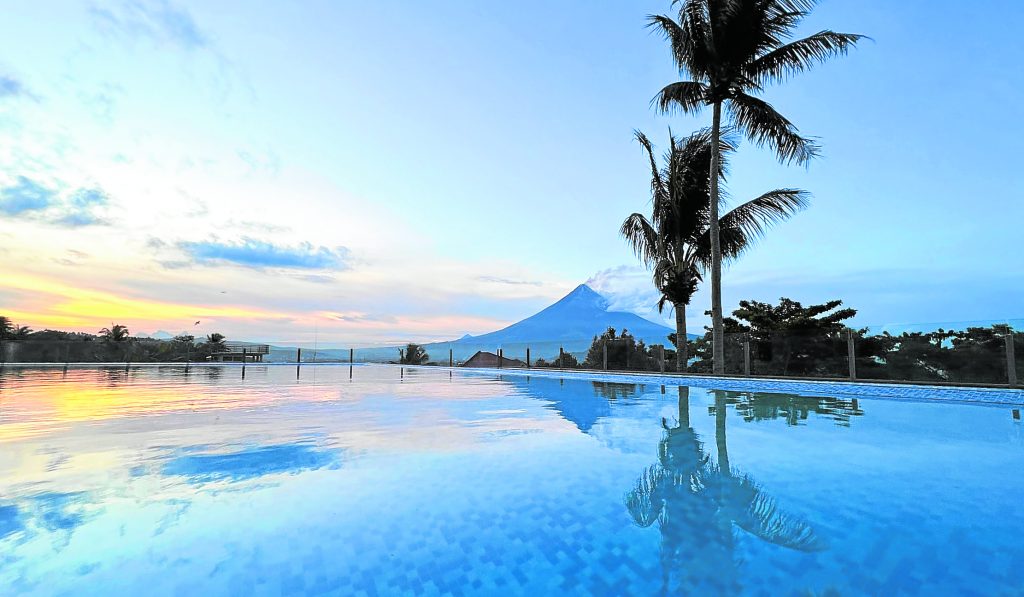
19. Albay.
Despite the recent ramblings of Mt. Mayon, tourists continue to flock to here because of its natural allure and the volcanic fireworks which has become a tourist spectacle. With the reopening of the four-star The Oriental in Legazpi City, the province can only expect to lure more visitors for business and leisure.
20. Antipolo.
This mountain resort town at the metro’s eastern doorstep is a top postwar destination because of the Hinulugang Taktak and the Shrine of the Our Lady of Peace and Good Voyage, which was recently declared an international Marian pilgrimage site. It is singing once again the “Tayo na sa Antipolo!” folk song with its farm resorts, romantic restaurants, Marilaque Highway, and the re-developed Hinulugang Taktak Park.
21. Batanes.
The country’s northernmost province, it has been gracing tourism calendars and posters since time immemorial and inviting us to visit their idyllic isles. With its recent post-pandemic reopening, this is the most ideal time to finally tick this off your bucket list.
22. Camarines Norte.
Known as the country’s “zigzag capital”, Bicol’s gateway province has been bypassed by motorists with the opening of the Quirino or Andaya Highway in the late 1990s. Surprisingly, tourism has peaked despite being sidelined in the country’s highway network and is inviting visitors once more as it marks the 125th anniversary of the unveiling of the First Rizal Monument in Daet town on Dec. 30.
23. Camotes.
Before you equate this to the hare-brained drivers and riders on the road, let me tell you that this is an exciting group of islands east of Danao City in Cebu. Composed of four municipalities, it has some of the most pristine beaches and islets in the province, which you can have unto yourself.
24. Cavinti.
An underrated town overshadowed by its popular neighbors, it has gained the title of being Luzon’s “glamping capital” because of the many glamorous camp sites dotting the shores of the upland lakes of Caliraya and Lumot. It also introduced a few years ago the Cavinti Underground River and Caves Complex, as well as an alternative access to Pagsanjan Falls which is actually within its jurisdiction.
25. Dapitan.
From an obscure place of exile of Dr. Jose Rizal in 1892, this seaside village in Zamboanga del Norte has evolved into a “Shrine City” with the well-preserved locations where the national hero set foot. It is also home to the posh Dakak Park and Beach Resort which recently opened a luxury villa cluster and an 18-hole golf course. Of late, the city has become a favorite location for triathlons, beauty pageants, sporting events, and motorcycle tourism rides because of its diverse attractions.
26. Dumaguete.
The provincial capital of Negros Oriental, the City of Gentle People is marking its 75 years as a city through a yearlong celebration. The charming eclectic urban center is known for its postcard-pretty Rizal Boulevard, arguably the most beautiful waterfront roads in the archipelago.
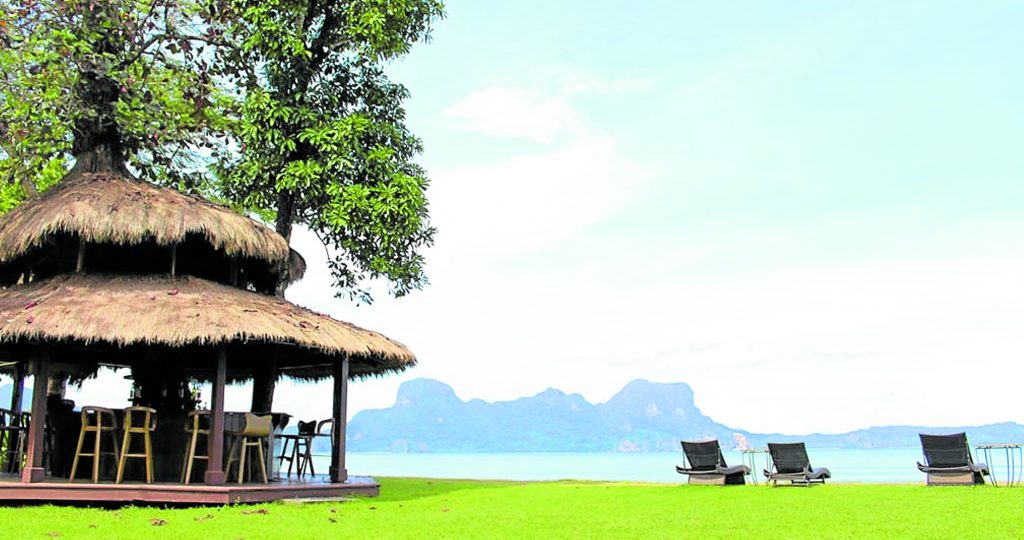
27. El Nido.
Mainland Palawan’s northernmost peninsula, it is arguably one of the reasons why the province is a permanent fixture in the Conde Nast’s World’s Best Island annual poll. But don’t believe the online voting yet, and see for yourself the mesmerizing islands, limestone cliffs, caves, powdery beaches, high-end resorts, dive sites, and everything in between.
28. Iloilo City.
Already an old-time favorite destination, it received a major boost when it was named as a Unesco Creative City of Gastronomy a few weeks ago because of its rich culinary heritage, which is one of its come-ons. It also boasts of an extensive river esplanade for jogging and biking, well-preserved ancestral homes, and a number of public and private museums.
29. Laiya.
A beach colony in San Juan, Batangas since the 1960s, it has seen a resurgence in recent years with the sprouting of upscale resorts, seaside residences, boat clubs, and master-planned townships. Its most notable development is the Playa Laiya Beach Club which has introduced unique lodging, dining and recreational concepts in its 128-hectare sprawl.
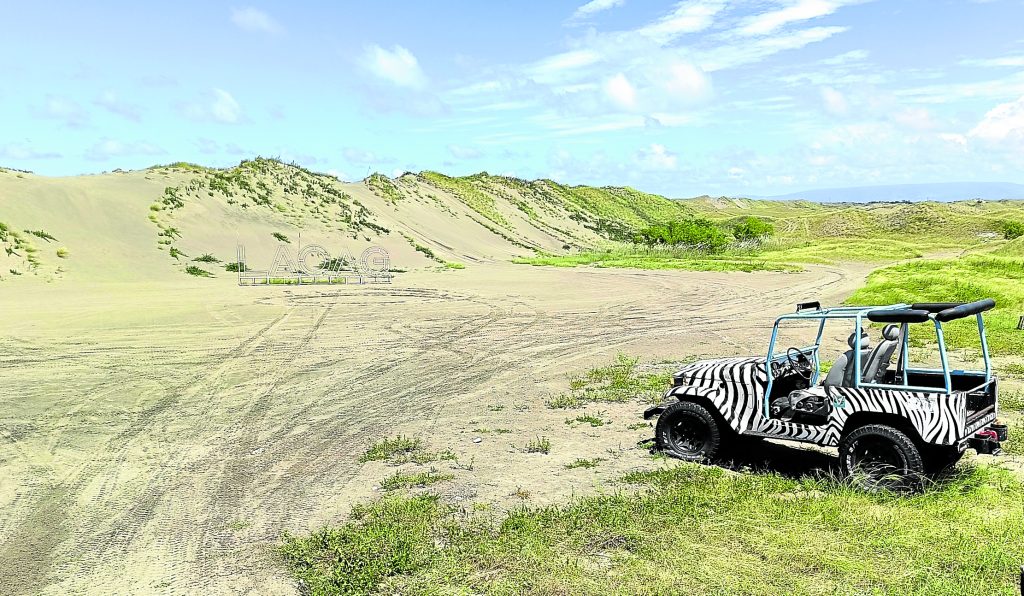
30. Laoag.
This northernmost city is cooking up a lot of things to make it more than just the aerial gateway and deland transportation hub in the Ilocandia. With its Suba Sand Dunes, Spanish-era structures, delectable regional cuisine, postcard-pretty city plaza, homey hotels, and a sports-minded local government, it may soon be one of the Philippines’ leading hubs for sports tourism.
31. La Union.
Fondly called “Elyu” by weekend warriors, its famed Urbiztondo surf site and party place in San Juan is the closest to the metro. Non-surfers can bask in swanky beach resorts, feast on Ilocano dishes, or transport yourself in the iconic Greek getaway at Thunderbird Resort in San Fernando, the country’s first Santorini-inspired property.
32. Limasawa.
For centuries, this island town in Southern Leyte has been promoted as simply the site of the First Mass in the archipelago in 1521. 502 years later, you can dive both in its checkered history and lush marine world in one of the best dive spots in Sogod Bay.
33. Palanan.
A Pacific seaboard town in Isabela, its claim to fame is being the place where Gen. Emilio Aguinaldo was captured by American troops in 1901. This hard-to-reach town on the other side of the Sierra Madre mountains, is gearing up to be a frontier destination for nature, adventure and history.
34. Puerto Galera.
Oriental Mindoro’s resort town, it was shoved into the limelight once more when its municipal government recently declared it the country’s “diving capital” because of its rich marine biodiversity. This is the latest addition to the town’s accolades such as Unesco Biosphere Reserve and being a member of the World’s Most Beautiful Bays Club. With the reopening of the mountain-top 9-hole Ponderosa Golf Club, you can drive and dive in this global biodiversity hub without breaking the bank.
35. Sarangani.
A tourism pound-for-pound contender just like its popular son, Manny Pacquiao, it boasts of power punches with its beaches, paragliding, diving, watersports, and cultural sites. The province is officially 31 years old, but carries with it a 2,000-year history with the anthropomorphic man and burial jars excavated in the caves of Maitum town.
36. Siquijor.
An island province still wrapped with a mystic aura, it held its proverbial “coming out party” last Holy Week with its Panambal Festival which put the spotlight on its age-old practice of traditional and folk healing. Reachable by boat from Dumaguete, it takes pride in its off-the-beaten path white beaches, dive sites and forests.
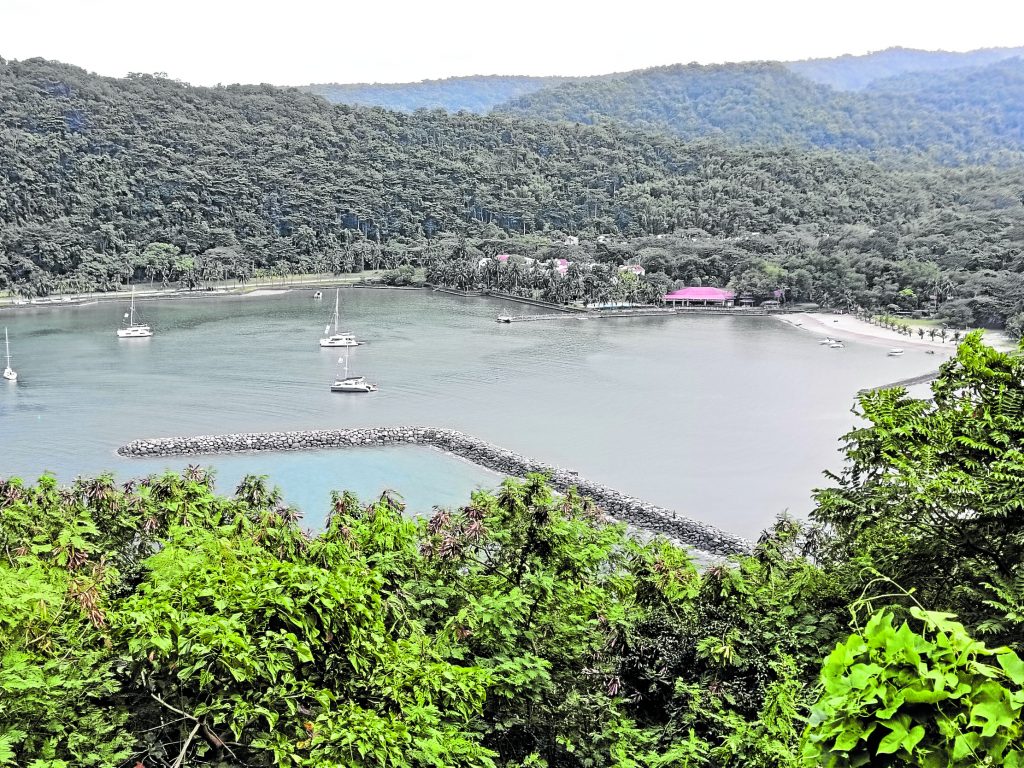
37. Ternate.
Cavite’s outermost town which has the cleanest bodies of water, thickest forest cove in the province, and most scenic coves. Home to two old guards of the tourism industry—Puerto Azul Golf and Country Club and Caylabne Bay Resort & Marina, Ternate will spring out a surprise next year with the new developments in these properties.
38. Zamboanga.
Dubbed “Asia’s Latin City” because of its Spanish-influenced Chavacano language, this eclectic place is an amalgam of Christian, Islamic and lumad ways of life. Play golf, hop around Once Islas, cruise around Sta Cruz Island mangrove forest, cool off in the mountain resorts, go birdwatching, food-tripping, party all night in the superclubs, or travel back in time at Fort Pilar and Pasonanca Park.


















